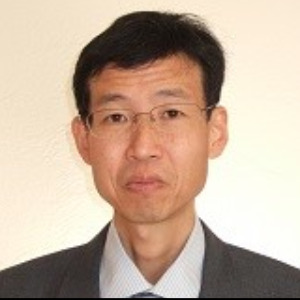Superlattices
Superlattices are an engineered material consisting of a periodic arrangement of two or more layers of materials, typically with different physical and chemical properties. They are composed of sub-micron sized layers of different materials, such as semiconductors, metals, and insulators, which are stacked in a particular order. Superlattices are typically fabricated using epitaxial growth techniques, such as molecular beam epitaxy or chemical vapor deposition. Superlattices have a range of applications, from quantum computing to photovoltaics. One of the most promising applications of superlattices is for the development of high-efficiency thermoelectric materials. Thermoelectric materials are materials which convert heat into electricity and vice-versa. By engineering the composition and thickness of the individual layers, the electrical conductivity and thermal conductivity of the superlattice can be tailored. This enables the material to have a higher thermoelectric figure of merit, a measure of the material's efficiency at converting heat into electricity, than conventional thermoelectric materials. In addition to their potential for thermoelectric applications, superlattices have been used to study the behavior of electrons in two-dimensional materials. By manipulating the thickness of the individual layers, researchers can tune the electronic properties of the superlattice, such as the band gap and electron mobility. This has enabled the study of phenomena such as quantum confinement and edge states, which are important for understanding the physics of Nanobiotechnology.

Harry Ruda
University of Toronto, Canada
Raman Singh
Monash University, Australia
Paulo Cesar De Morais
Catholic University of Brasilia, Brazil
Xiao Hong Nancy Xu
Old Dominion University, United States
S V A R Sastry
Harcourt Butler Technical University, India
Vinayak Adimule
Angadi Institute of Technology and Management, India



Title : 40,000 implants in humans and no failure: The impact of nanomedicine
Thomas J Webster, Hebei University of Technology, China
Title : Cellulose-derived biochar modified with iron oxide and ZnO nanoparticles by a novel one-step pyrolytic method for removal of emerging contaminants from water
Rashad Al Gaashani, Hamad Bin Khalifa University, Qatar
Title : Harnessing the unique properties of engineered nanostructures for sensing
Harry Ruda, University of Toronto, Canada
Title : Circumventing challenges in developing CVD graphene on steels for extraordinary and durable corrosion resistance
Raman Singh, Monash University, Australia
Title : Nano DAP augments productivity, phosphorus use efficiency, and profitability of spring wheat in India
Binaya Kumar Parida, Coromandel International Ltd, India
Title : Lipid nanoparticles formulations: From bench scale to industrial scale
Mohammad A Obeid, RAK Medical and Health Sciences University, United Arab Emirates